| Issue Date |
03.08.1999 |
| ID |
Michel: 1819-1822
Scott: 1867-1820
Stanley Gibbons: 2103-2106 Yvert: 2122 -2125
UPU: N/A
Category: pF |
| Author |
Mark Curtis, Ray Harris Ching, Colin Gray |
| Stamps in set |
4 |
| Value |
19p - discovery of the structure of DNA by the Cambridge biologists
Francis Crick (designed by Mark Curtis)
26p - "Darwin's theory" (designed by Ray Harris Ching)
44p - "Faraday's Electricity" (designed by photographer Colin Gray )
64p - a tribute to Isaac Newton and shows a photograph taken by the
Hubble Space Telescope.
|
| Size (width x height) |
37x35mm |
| Layout |
100 stamps per sheet |
| Products |
FDC x 1 MC PP
x1 |
| Paper |
phosphor bras as appropriated, GUM: PVR |
| Perforation |
14x14.5 |
| Print Technique |
lithography, gravure
|
| Printed by |
The House of Questa, Byfleet KT14 7JL |
| Quantity |
|
| Issuing Authority |
Royal Mail of Great Britain |
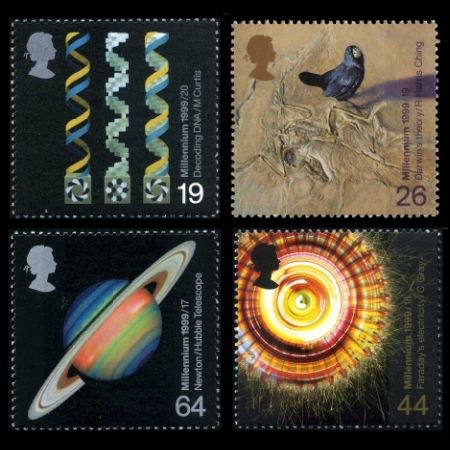
The achievements of Britain's greatest
scientists are being commemorated by a set of stamps issues in August
1999. Isaac Newton, Michael Faraday,
Charles Darwin
and the
biologists Crick and Watson are the inspiration for the Scientists'
Tale collection - part of the Royal Mail's Millennium Collection
marking 1,000 years of British achievements.
One of these stamps,dedicated to evolution theory of Charles Darwin
and shows fossil of
Archaeopteryx.
Understanding the great complexities of nature has intrigued scientists
for centuries.
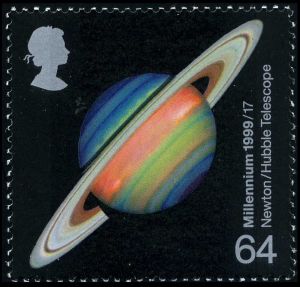
Newton
showed the power of mathematics and anlalysis in explaining the
world. He
teduce all that was known about the orbits of the planets to a single
law of nature which could
predict their position in future. In the mere ten generations since
Newton's time the scientific project has gained momentum and success in
expaining the workings of life and the universe, from human evolution
to the shape a fern adopts as it grows, from how galaxies form to the
symmetry of a snowflake crystal Albert Einstein thought Newton the
greatest scientist who had ever lived. Sir Isaac Newton (1642-1727) was
responsible for major advances in fields as diverse as mathematics,
physics and optics. He formulated the laws of gravity to explain the
positions of heavenly bodies, and he perfected the reflecting telescope
to observe them more clearly. Newton proved that comets were part of
nature, not portents of divine disapproval. The impact of Newton's
discoveries extended beyond the scientific world. The poet Keats
berated him for explaining a rainbow and lessening its mystery. Yet a
thriving market developed for scientific explanation, and for
popular books which non-scientists could understand. Museums of natural
history, public scientific
lectures and societies of enthusiastic amateurs were inaugurated. In
1799 the Royal Institution was founded improve life for everybody. It
presided over a golden age.
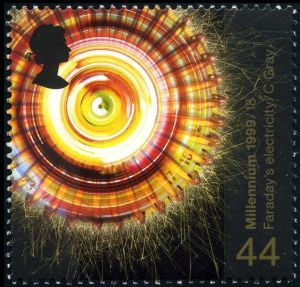
Humphry Davy was a brilliant chemist and
lecturer there, and in his audience one day in 1812 was a bookbinder'
apprentice called Michael Faraday. He became Davy's assistant and was
later to succeed him to the Chair of Chemistry at the Royal
Institution. Faraday, one of the first of the modern scientists,
discovered the principles of the electric motor and generator.
Importantly, he also hit upon the notion of a "field of force" to
account for the principles, a concept that is used today to explain
what holds everything together from the particles inside an atom to
the entire universe. Faraday inaugurated the Royal Institution
Christmas Lectures for young people, which are still popular today.
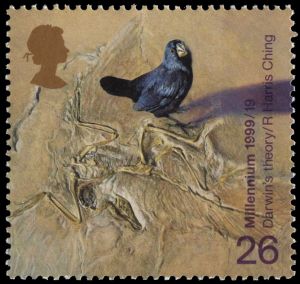
Awareness of science is also high when the subject is controversial,as
when
Charles Darwin published
On the Origin of Species (1859), claimed
to be second only to the Bible in terms of its impact.Darwin (1809-82)
explained how evolution
worked and built on observations he made as a naturalist on the survey
ship HMS Beagle in the 18305. The Beagle's five-year journey around the
Pacific provided Darwin with some of the material and insights he
needed to construct a tree of life showing how complex creatures arose
from simpler ones. Radically, Darwin included humans in his theory. The
book embroiled Darwin in controversy, particularly with the religious
establishment, but by the 1870s his views were increasingly accepted.
The breakthrough discovery of the structure of
deoxyribonucleic acid (DNA), the molecule that carries information from
one cell to another, is frequently cited as the discovery of our
century.At the Cavendish Laboratory in Cambridge in 1953, Francis Crick
and
James Watson turned biology
upside down with their discovery of the twin-helical structure.
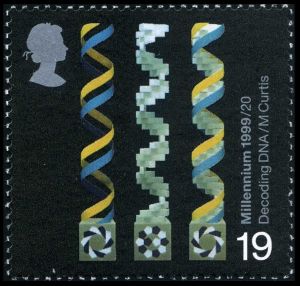
Their
insights, combined with the work of Maurice Wilkins and Rosalind
Franklin, have propelled us in less than half a century to the world of
Dolly the cloned sheep and the Human Genome Project which seeks to map
the millions of elements of human gene.
which looks deeper into space (and further back in time) with greater
clarity than ever before. British expertise, particularly
well-developed in instrument-building and applied science, also
contributes to the Darwin's theory and the discovery of the building
blocks of life underpin modern biology. An account of the physical
world of time and space has been provided by theoretical physicists
including Stephen Hawking, who holds the same Chair in Mathematics at
Cambridge as Newton did (and whose A Brief History of Time is one of
the most successful books-ever). Hawking's ground-breaking work is
largely responsible for the theories surrounding the existence of black
holes, and may one day allow us to understand the very beginnings of
the universe and time itself. Work progresses on formulating a single
theory to unify all the forces of nature. British scientists are
playing key roles in international projects such as the Hubble Space
TelescopeInternational Space Station taking shape in orbit above our
heads, and to the proposed robot mission to search for evidence of
past life on Mars. The name of the Mars probe: Beagle 2.
Scientists
have shaped the way we think about the world. Indeed, they have largely
created the modern word.
Scientists ask questions to find out how nature works - from
the inner world of minute particles and our genes to the outer
realm of the entire universe. As science progresses from one:
generation to the next, the level of this questioning becomes more
insistent and comprehensive. Newton himself noted that his great
achievements were possible only because he could stand on the shoulders
giants and pygmies. Before and since Newton, great British scientists
have contributed to a greater understanding of nature; but all
discoveries are related to insights and data provided by others.
Indeed, science today is an international, collaborative
venture,
and the work of countless individuals and groups in the background can
be as important as the breakthrough of an outstanding "giant".
An exhibition of the original artwork used in the stamps, along with
the
other 12 "tales" which make up the Millennium Collection, has opened at
the British Library in London in August 1999. An array of related
historical artefacts is also on display. These include an original
letter by Newton explaining his theory of gravity and a copy of his
1687 work "Principia Mathematica".
Products
| Official and soome personalized FDC |
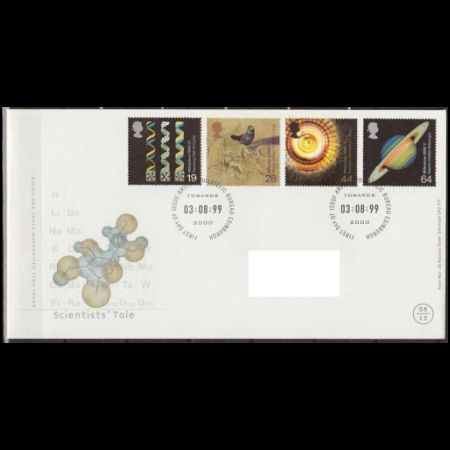 |
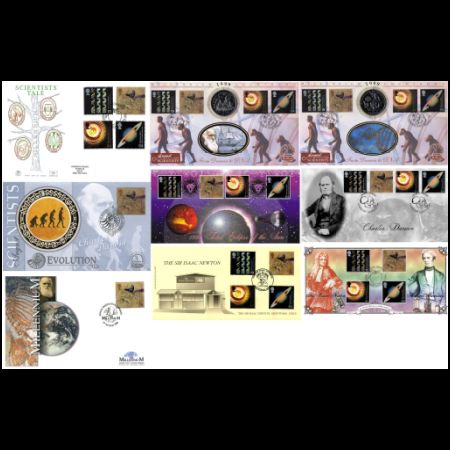 |
| personalized FDC |
Mini Sheet with Archaeopteryx stamp
from prestige booklet |
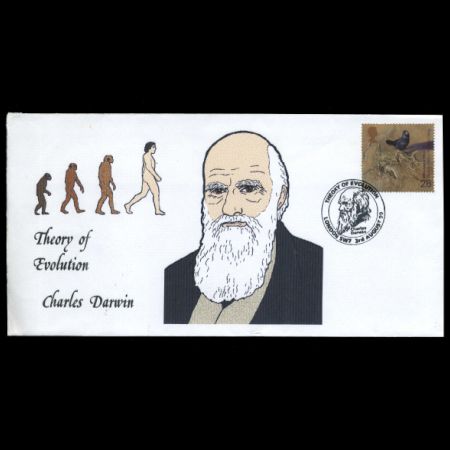 |
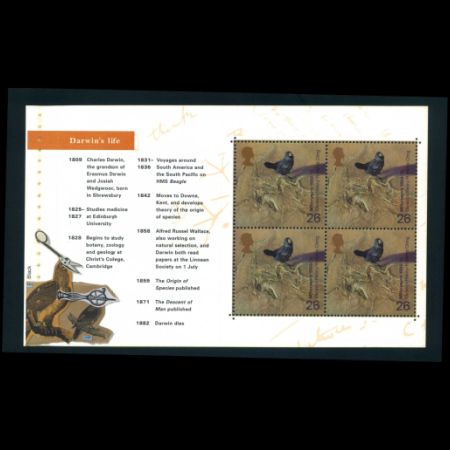 |
| Presentation Pack (inside text
is here) |
Post Cards |
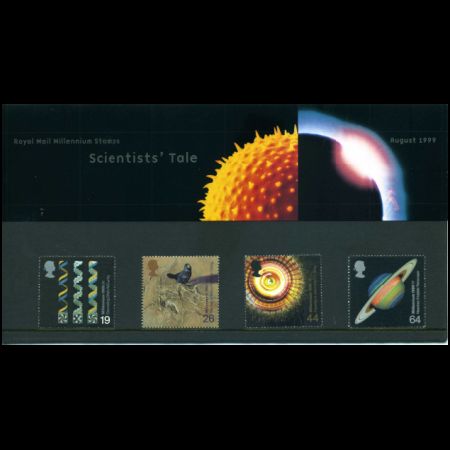 |
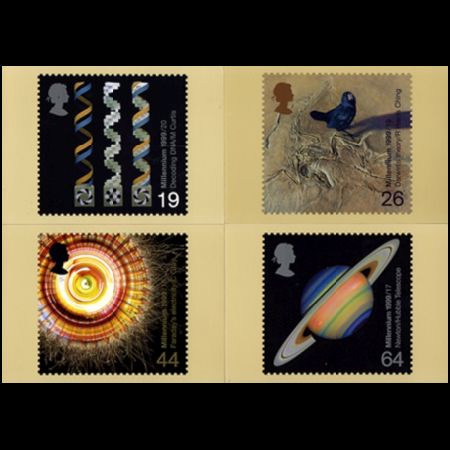 |
| Gutter pairs |
Postmarks associated with thees
stamps |
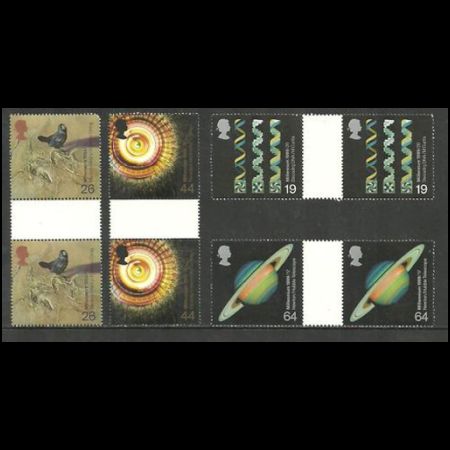 |
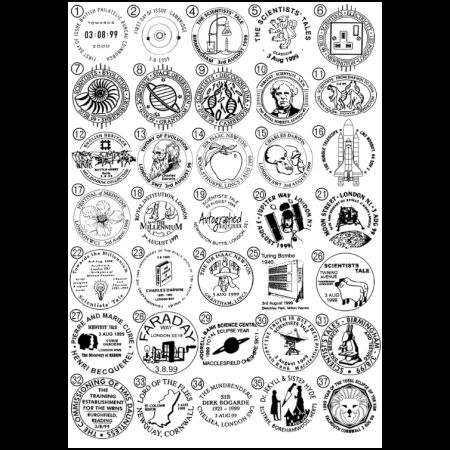
|
References
Royal
Mail of Great Britain BBC
Inside text of
Presentation
Pack
BFDC
Latest
update 22.12.2017
Any feedback, comments or even complaints
are welcome: admin@paleophilatelie.eu (you
can email me on ENglish, DEutsch, or RUssian)














